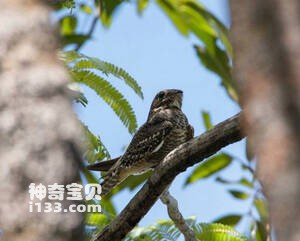
Chordeilespusillus
Chordeilespusillus,Least Nighthqwk
Chordeilespusillus, Least Nighthqwk, unknown.Protect wild animals and elimin···
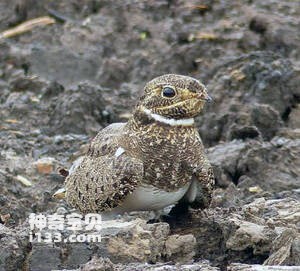
Podager nacunda
Podager nacunda,Nacunda Nighthqwk
The name is Podager nacunda, and the foreign name is Nacunda Nighthqwk.Prote···
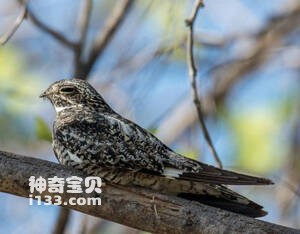
Chordeiles gundlachii
Chordeiles gundlachii,AntilleanNightjar
The name Chordeiles gundlachii and the foreign name AntilleanNightjar are un···
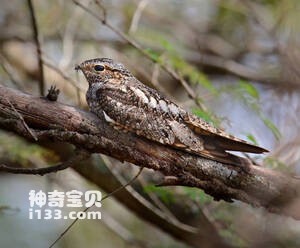
Chordeiles acutipennis
Chordeiles acutipennis,Lesser Nighthqwk
Chordeiles acutipennis and Lesser Nighthqwk are unknown.Protect wild animals···
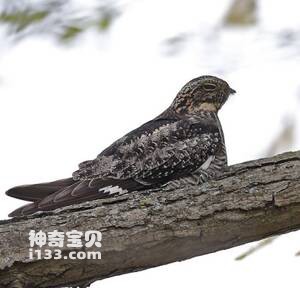
Chordeiles minor
Chordeiles minor,Common Nighthawk
Chordeiles minor, Common Nighthawk, has nine subspecies. In Louisiana, the s···
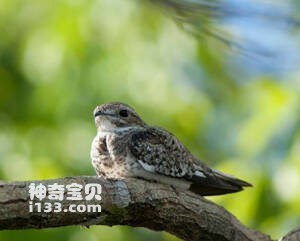
Chordeilesrupestris
Chordeilesrupestris,Sand-colored Nighthawk
Chordeilesrupestris, Sand-colored Nighthawk, is unknown.Protect wild animals···
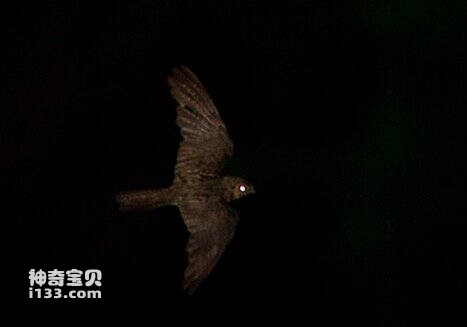
Chordeiles vielliardi
Chordeiles vielliardi,Bahian Nighthqwk
Chordeiles vielliardi and Bahian Nighthqwk are unknown.Protect wild animals ···
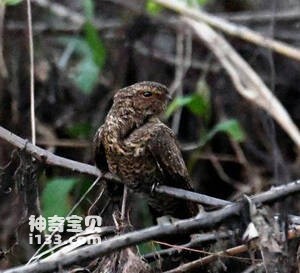
Nyctiprogne leucopyga
Nyctiprogne leucopyga,Band-tailed Nighthawk
Its scientific name is Nyctiprogne leucopyga, and its foreign name is Band-t···
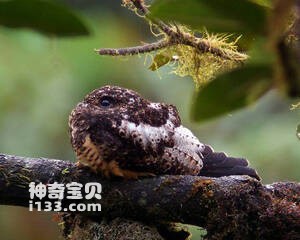
Lurocalis rufiventris
Lurocalis rufiventris,Rufous-bellied Nighthqwk
Its scientific name is Lurocalis rufiventris and its foreign name is Rufous-···
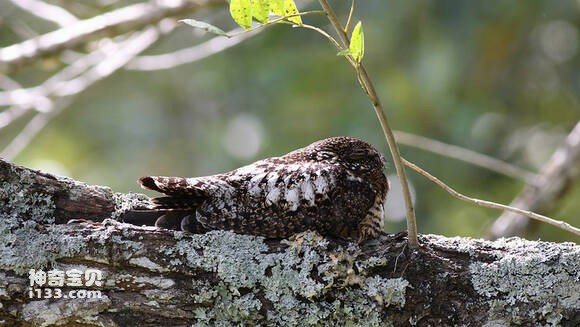
Lurocalis semitorquatus
Lurocalis semitorquatus,Semicollared Nighthawk
Its scientific name is Lurocalis semitorquatus, Semicollared Nighthawk, and ···
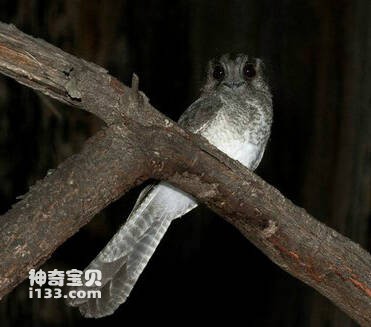
Aegotheles cristatus
Aegotheles cristatus,Australian Owlet-nightjar
The bird is known as Aegotheles cristatus and Australian Owlet-nightjar, but···
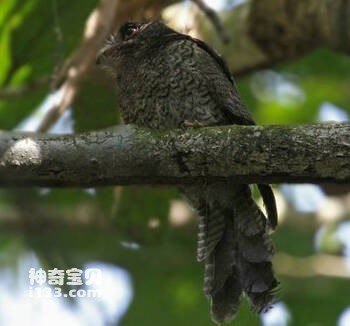
Aegotheles bennettii
Aegotheles bennettii,Barred Owlet Nightjar
Aegotheles bennettii, or Barred Owlet Nightjar, is an owl-like, small bird t···
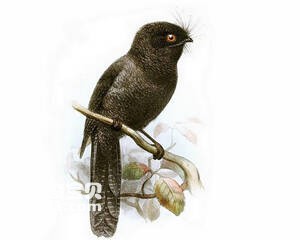
Aegotheles savesi
Aegotheles savesi,New Caled onian Owlet Nightjar
Aegotheles savesi, also known as the New Caled onian Owlet Nightjar, is a la···
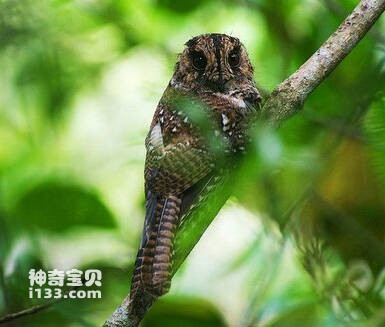
Aegotheles albertisi
Aegotheles albertisi,Mountain Owlet Nightjar
灰裸鼻鸱学名Aegotheles albertisi,外文名Mountain Owlet Nightjar,具体习性不详···
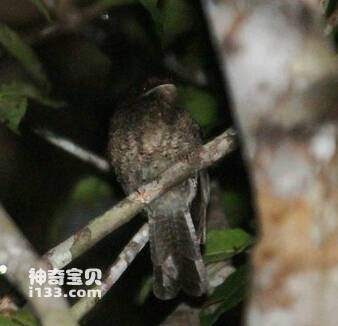
Aegotheles wallacii
Aegotheles wallacii,Wallace's Owlet Nightjar
The scientific name of Wallace's Owlet Nightjar is Aegotheles wallacii, ···
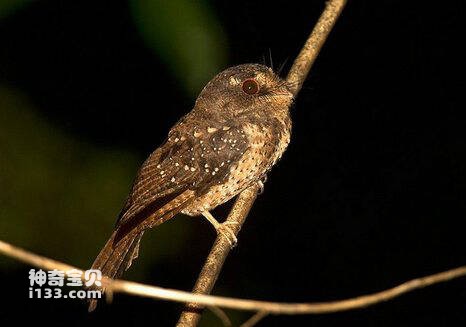
Aegotheles crinifrons
Aegotheles crinifrons,Halmahera owlet-nightjar
The owl has the scientific name Aegotheles crinifrons and the foreign name H···
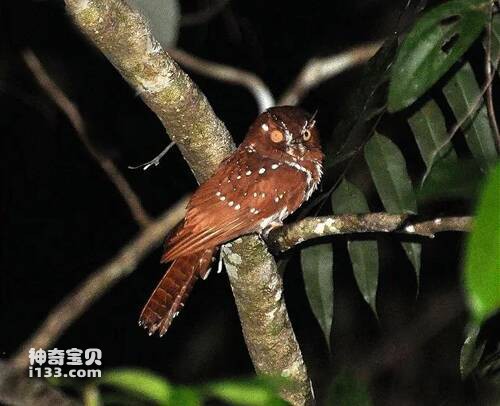
Aegotheles tatei
Aegotheles tatei,Spangled Owlet Nightjar
Scientific name nguyen bare nose leather Aegotheles tatei, foreign names sta···
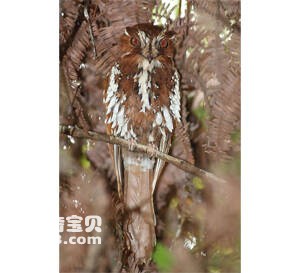
Aegotheles insignis
Aegotheles insignis,Feline Owlet Nightjar
Aegotheles insignis, Feline Owlet Nightjar, and its behavior is unknown.Prot···
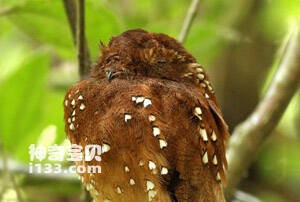
Nyctibius bracteatus
Nyctibius bracteatus,Rufous Potoo
The bird's scientific name is Nyctibius bracteatus, and its foreign name···
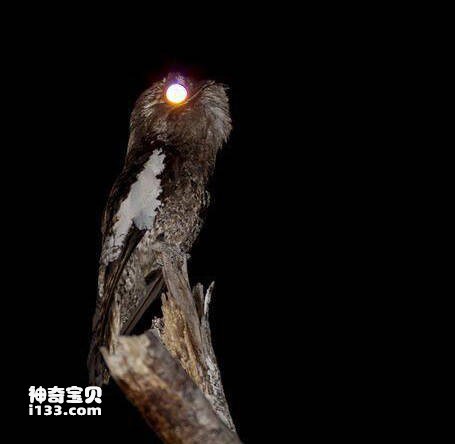
Nyctibius leucopterus
Nyctibius leucopterus,White-winged Potoo
白翅林鸱(学名:Nyctibius leucopterus,英文名:White-winged Potoo)具体习性不···
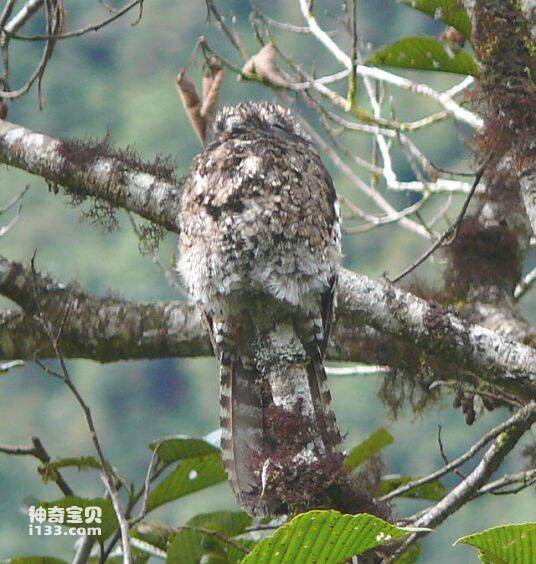
Nyctibius maculosus
Nyctibius maculosus,Andean Potoo
The Andean owl is known as Nyctibius maculosus or Andean Potoo, but its beha···
